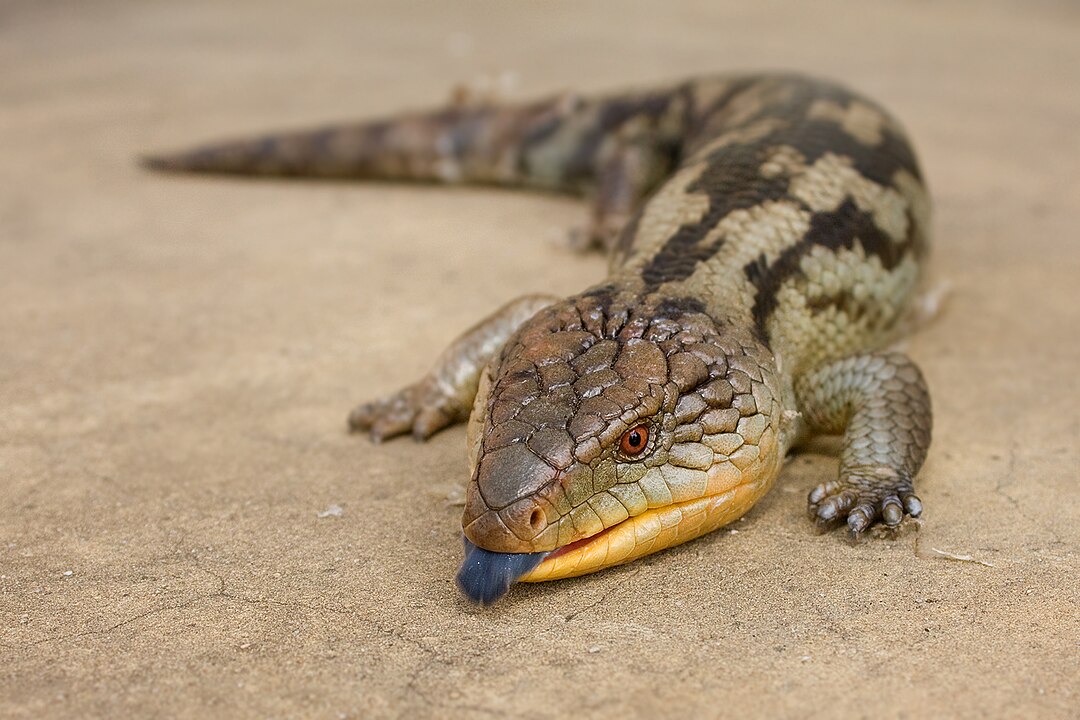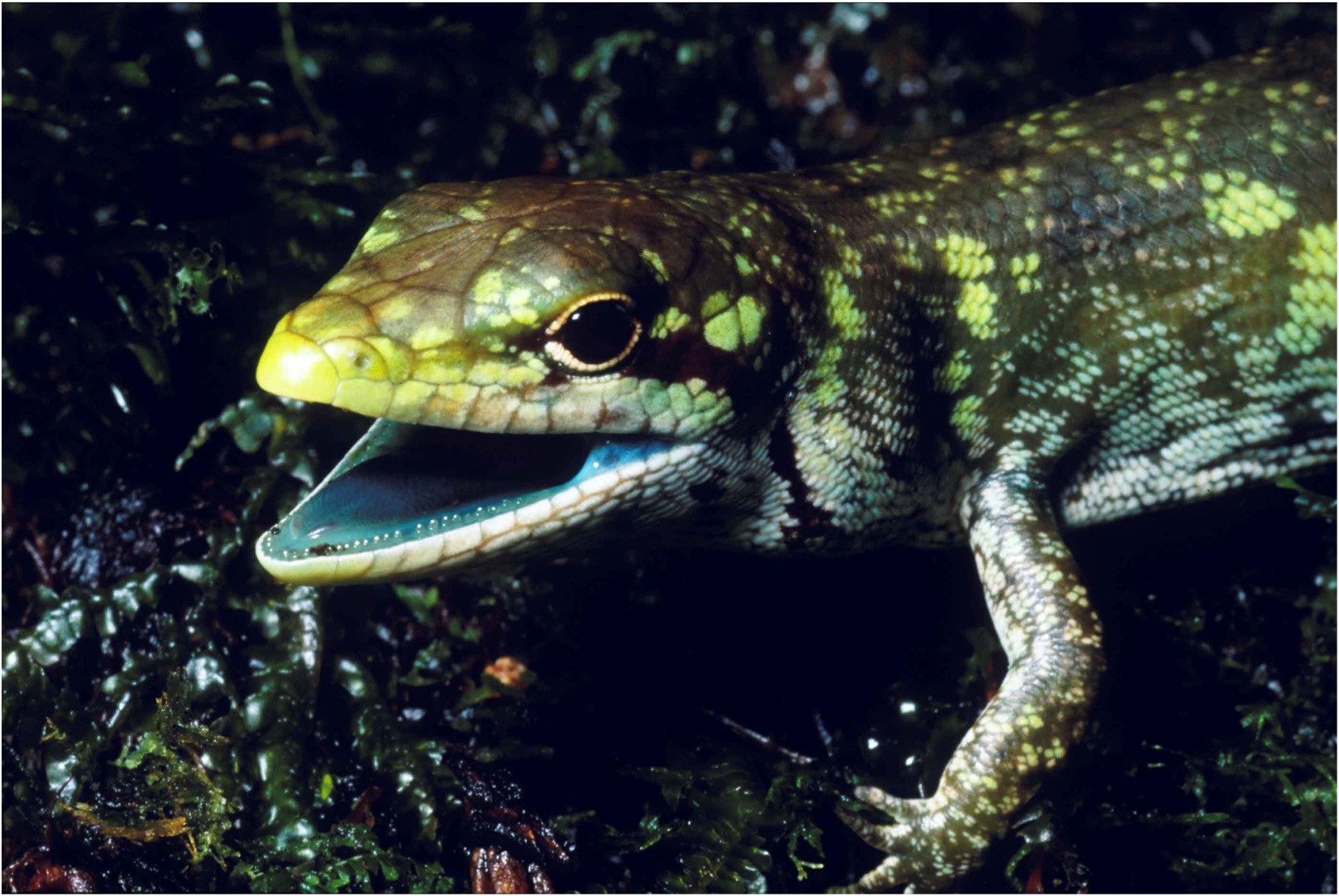Animal body parts come in all shapes and sizes, from those that look flashy to impress a potential mate to those that are vital for surviving in the varied conditions of the rainforest or across mystery regions of the deep sea. Chief among many animals’ adaptations are specialized mouthparts for slurping, biting, or drinking their meal of choice. Let’s take a closer look inside the mouths of some species to explore why having a colored tongue might help.
The first animal is the elusive okapi (Okapia johnstoni). Unknown to science until 1901, these unusual-looking animals live deep in the forests of the Democratic Republic of the Congo. They spend their time eating leaves, fruits, and foliage each day with their black or dark blue prehensile tongues. Their tongues are typically 30-36 centimeters (12-14 inches) long and used for more than just eating – okapi can use them to wash their own eyelids and remove insects from their body according to San Diego Zoo.
Since these animals spend most of their time eating it might make sense to have a tongue that is black, says ZME Science. This is due to the pigment melanin that helps protect the tongue from the intensity of the sun’s rays. Interestingly, the okapi’s closest living relative, the giraffe, also has a blue or black tongue.
Perhaps the most startling color of any tongue belongs to the appropriately named blue-tongued skinks (Genus: Tiliqua). These animals are often kept as pets due to their calm and docile nature. In the wild, they are found across Australia, parts of Indonesia, and New Guinea. But why the blue tongue? The main theory is that it is a classic bit of nature trickery.

Why so blue?
Typically, bright colors indicate a toxic species. Since the skinks are specially adapted to avoid predation, having a bright blue tongue might just convince a predator to avoid a skink-sized snack and choose something a little less toxic looking for their lunch.
The lizards of the genus Prasinohaema take it one step further. Not only do they have green tongues, but they also possess green skin, green bones, green blood, and even green hearts. Researchers think that at least six species have the green trait, which is caused by high concentrations of the compound biliverdin, which is a product of old red blood cells.

For Prasinohaema prehensicauda it is easy being green.
Image Credit: Photo by Chris Austin, LSU.
“It’s possible there is no adaptive value,” says biologist Christopher Austin at Louisiana State University in a statement in Pop Sci, “but it’s hard to imagine.”
The current theory is that biliverdin could help fight off parasites or diseases like malaria or blood-borne worms.
“The green-blooded skinks of New Guinea are fascinating to me as a parasitologist because a similar liver product, bilirubin, is known to be toxic to human malaria parasites. Ongoing work with the Austin lab examines the potential effect of the green blood pigment on malaria and other parasites that infect these lizards,” said co-author Susan Perkins, curator and professor at the Sackler Institute for Comparative Genomics and the Division of Invertebrate Zoology, American Museum of Natural History, in a statement.
Exploring the science behind why animals have different colored tongues could eventually be used to treat human illnesses. Pretty cool for a little green tongue.
Source Link: The Tongues Of These Species Are More Than Meets The Eye